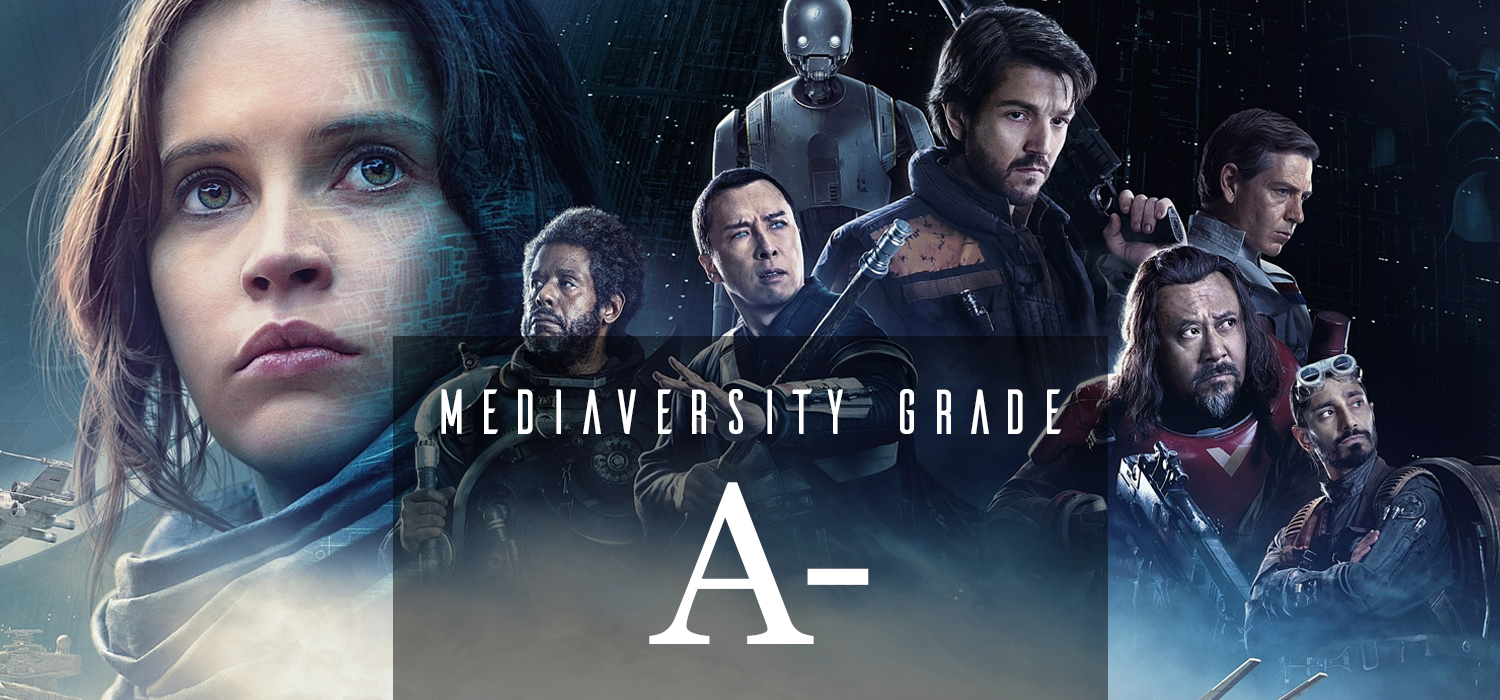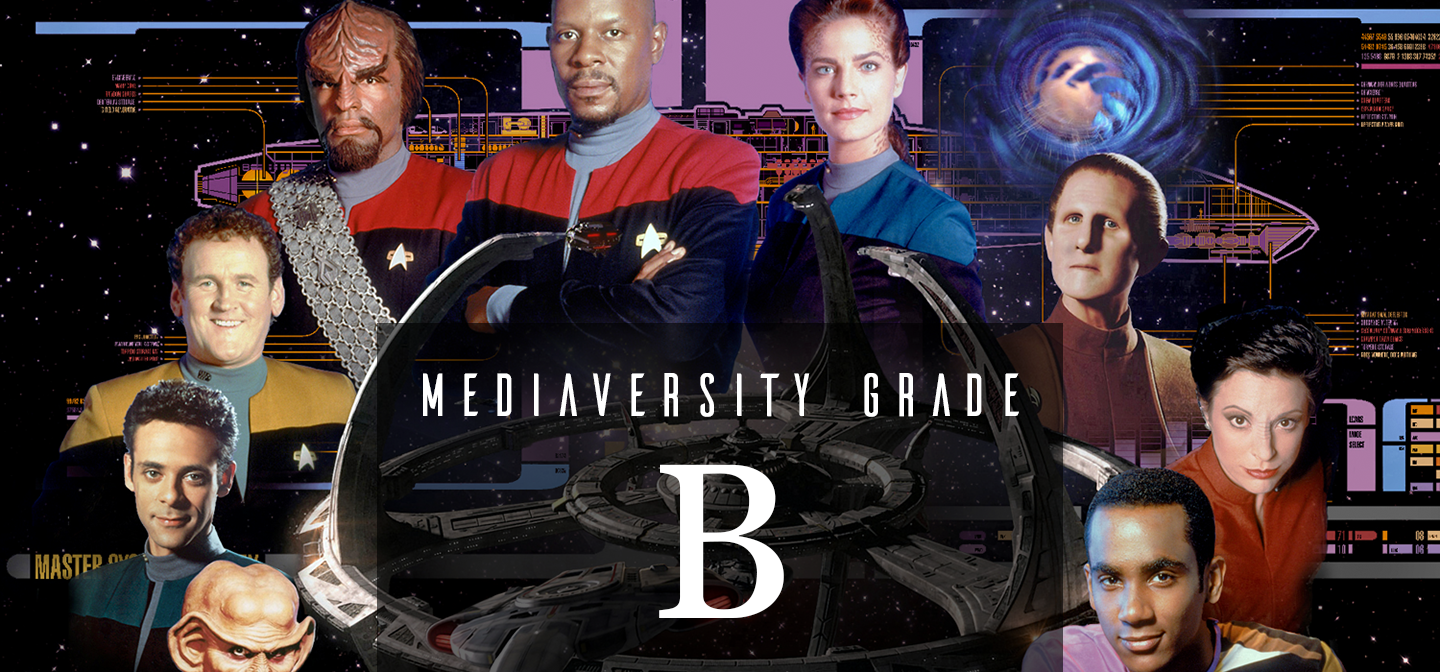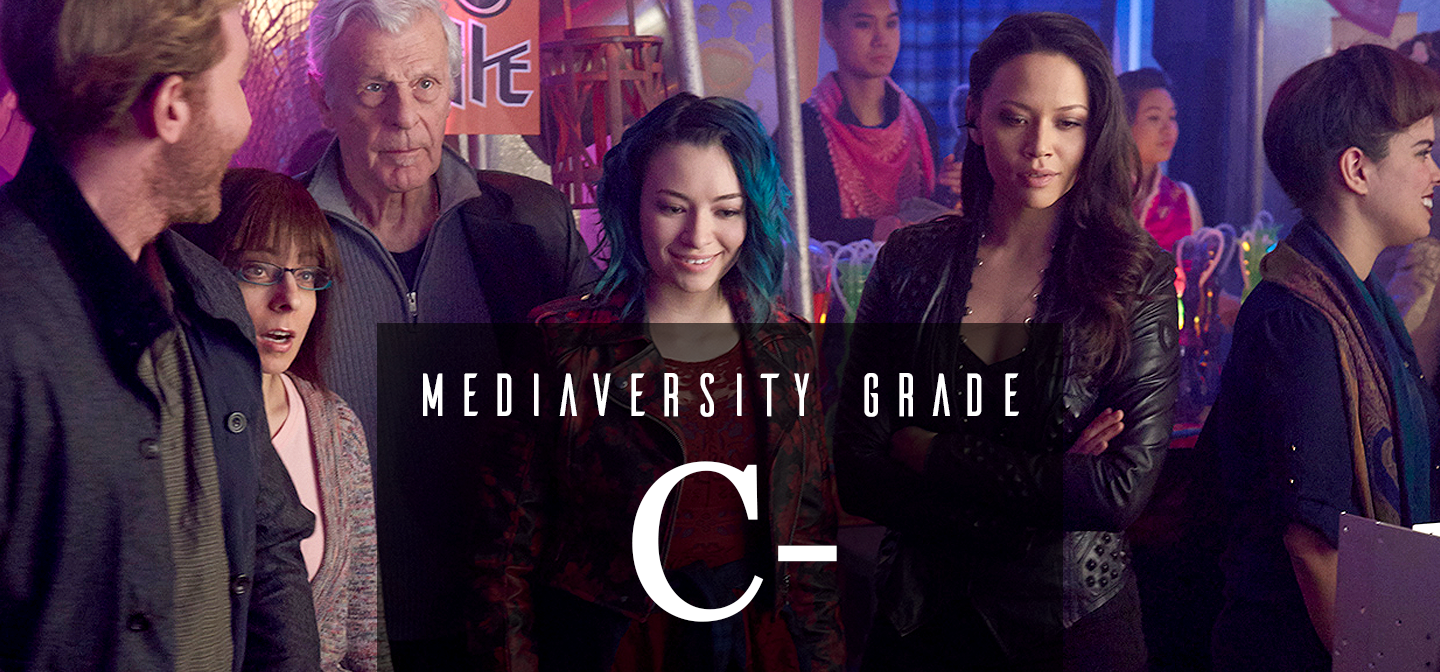Star Wars: The Last Jedi
“Where Rose has paved the way, other female characters of color need to follow.”
Title: Star Wars: Episode VIII — The Last Jedi (2017)
Director: Rian Johnson 👨🏼🇺🇸
Writers: Screenplay by Rian Johnson 👨🏼🇺🇸 based on characters by George Lucas 👨🏼🇺🇸
Reviewed by Monique 👩🏾🇺🇸
—SPOILERS AHEAD—
Technical: 5/5
Star Wars: Episode VIII — The Last Jedi has become one of the most divisive Star Wars film since the prequels, and that’s a shame. While some long-time followers have legitimate critiques, it’s annoying to find out that they’re being drowned out by alt-right “fans” who are flooding Rotten Tomatoes with bad reviews and leaving racist comments on Kelly Marie Tran’s Wookipedia page. To them, I say: Keep crying, babies.
When we divorce ourselves from the unnecessary drama and look at The Last Jedi on its own merits, the film stands as the most thought-provoking, intelligent, and philosophically-sound Star Wars film since The Empire Strikes Back. It has everything both hardcore and new fans alike could want.
For traditionalists, tons of Easter eggs abound. From Han Solo’s gold dice to the sacred Jedi Force tree to Yoda (Frank Oz) being performed as an actual puppet and not a CG atrocity, the film does an expert job at weaving the old with the new, unifying the Star Wars franchise in a way the prequels never achieved. The Last Jedi obliterates the overly scientific explanations of the Force found in the prequels by re-establishing its true definition as, to quote Yoda, a “powerful ally” whose energy “surrounds us and binds us.” The scene in which Luke (Mark Hamill) teaches Rey (Daisy Ridley) how to feel the Force is one of its most experimental across all Star Wars installments, and it does a fantastic job of breathing new life into Yoda’s speech from The Empire Strikes Back.
What old fans might be able to appreciate most of all is how the film pushes them to see beyond what they know about this universe. Again, to paraphrase Yoda, the fans have to “unlearn what they have learned.” Instead of The Last Jedi simply being the eighth chapter of an ongoing saga, it becomes a starting point to think about what this saga is supposed to mean.
For so long, Star Wars fans have viewed its story as simply Good versus Evil, but The Last Jedi asks the important question no Star Wars film has tackled until now: Why is it that peace can’t be achieved? Why do the Jedi, who are supposed to be the white knights of the universe, constantly fail at defeating the Empire and the Sith? The answer provided by The Last Jedi is one that will take some time for a portion of its Star Wars fans to digest. It suggests to us that Jedi keep failing is because the Jedi are just as narrow-minded and sanctimonious as the Empire; both have weaponized the Force and use it beyond its peaceful intent.
If you thought you were just going to get witty banter and action, you thought wrong because The Last Jedi is meant to make you think. But also, it’s meant to inspire hope. We all can take the message of getting back up when life hands us lemons and apply it to our own lives. Isn’t hope what Star Wars is all about?
Gender: 5/5
Does it pass the Bechdel Test: YES
Gender plays a heavy role in The Last Jedi. Indeed, it was Johnson’s intention to have the film skew more female-driven. It’s the decision that makes the most sense, since the leader of the Resistance is General Leia Organa (Carrie Fisher, giving it her all in her last Star Wars film). In The Last Jedi, Leia isn’t the only woman in charge—we find Rey battling her direct opposite in the Force, Kylo Ren (Adam Driver), and Vice Admiral Holdo (Laura Dern) takes the reins of Leia’s resistance when Leia is in recovery after an Imperial attack.
Kelly Marie Tran, who plays Resistance mechanic Rose Tico, is the breakout star who truly makes the movie. As Johnson said to Los Angeles Times, Tran “has the most open heart of anyone I’ve ever met and I knew that this was going to shine through onscreen.” Just like how Finn (John Boyega) and Rey powered the heart of The Force Awakens, Rose powers the heart of The Last Jedi, giving us new insight into this universe, which, like our own, is divided into the haves and have-nots.
Rose’s sister, Paige (Veronica Ngo) also has her moment to shine early in the film—she doesn’t have any lines, but she still manages to captivate and pull at the heartstrings as we watch her sacrifice herself for the greater good.
Paige’s role and Rose’s arc throughout the film highlight an important aspect in The Last Jedi—no woman is solely a love interest or damsel in distress. Every woman in this film is judged by her own merits and actions. The closest the film gets to highlighting gender discrimination is when Poe (Oscar Isaac) immediately distrusts Holdo based on her outfit—despite Leia always wearing gowns as a general, Poe states how Holdo, with her decidedly femme presentation complete with matching mauve gown, stiletto boots and lavender hair, isn’t at all what he imagined she’d be. That distrust only grows the more it seems like Holdo is simply holding them in space as sitting ducks for the Empire. Poe picks Holdo as an easy target for several reasons—he thought he’d be the natural choice for Leia’s replacement, and he’s jealous, selfish and territorial when it comes to things and people who are dear to him. Poe’s unwavering loyalty to the rebellion is what often gets him in trouble with both Holdo and Leia in this film. However, it’s still Leia and Holdo who keep things running as smoothly as possible (which includes keeping Poe in check).
The most poignant moments of the film involve Leia. The first, when the Resistance ship is attacked and Leia’s floating out in space, she uses the Force to guide her way back to safety. Knowing what we know now, it was as if we were seeing Fisher herself use the Force to come back from the dead. I’ll speak for myself and say that I audibly gasped and got a little choked up.
The second moment, when Holdo stays behind while the rest of the Resistance evacuates, gave us a touching goodbye scene between Holdo and Leia. If things were different, this scene would have just been a well-acted farewell. But with Fisher’s death looming over this film, the scene takes on a very different, emotional tenor. Without knowing it, Fisher gave us the best cinematic goodbye she could have given us with these two scenes.
Race: 4.5/5
Racial diversity is something else Johnson fought hard for in The Last Jedi. Even though The Force Awakens was diverse in its main and background characters, The Last Jedi definitely tops it. Isaac, Boyega, and Tran deliver well-rounded performances, and Isaac in particular gets a chance to flesh out Poe beyond just the risk-taking “flyboy” he was characterized as in The Force Awakens. Some don’t like that Poe gets taken down a peg in this film, but I do like that we see that Poe’s actions—despite being well-meaning—do have repercussions. It’s fun to see him learn that risk-taking isn’t all that’s required of someone in the Resistance, and we do see him have a mini-arc of learning when to gamble and when to hold still. He matures by film’s end, and I’m sure that maturity will serve him well in future installments.
There’s also more diversity in background characters as well. Whether it’s in the Resistance or at the casino city of Canto Bight, there are plenty of people of color, particularly women of color, decorating the scenes. The biggest cameo belongs to Chewing Gum’s Michaela Coel, who plays a Resistance tech.
But I use the word “decorating” for a reason; the most these women are is decoration. Aside from Coel, the rest don’t have any lines. They are simply set dressing so the film can say, “See? We’ve got black women! We’ve got South Asian women! They’re here!”
Yes, they might be there in body. But the film doesn’t try to understand them or give them a more meaningful place in Star Wars. The film franchise already has a checkered past with representing women of color (usually as racially-coded sex aliens or, in the case of Lupita Nyong’o’s Maz Kanata, as fully CG characters), and it’s nice to see that The Last Jedi does try to address this long-standing critique with more visible brown faces. But more is needed.
Not only do more women of color need to take the reins as main characters, but all women of color should be represented at some point in the Star Wars film franchise, not just African diasporic and Asian diasporic women. We need Latina, Native American, biracial, and multiracial women represented in this far-reaching galaxy. As I’ve written on my own site, where Rose has paved the way, other female characters of color should surely follow.
Deduction for LGBTQ: -1.00
LGBTQ diversity is nonexistent in this film, continuing a long history of erasure. Some fans erroneously thought the new Star Wars trilogy would follow the model of the original films, complete with a Han and Leia-esque story arc but with same-sex characters. While they were right in the sense that both The Last Jedi and Empire Strikes Back deal heavily with philosophical and religious discussions of the Force, they were wrong when it came to romance.
Let’s cut to the chase here—Stormpilot, the viral fan pairing involving Finn (a former stormtrooper) and Poe (a fighter pilot) that has made its way into legitimate Star Wars writing discussions and cast interviews—isn’t addressed in The Last Jedi. Johnson definitely knows about it, but as he tells Buzzfeed, he couldn’t make any romantic angles work within this film.
To his point, I can see how perhaps romance was seen as superfluous compared to the deep discussions surrounding the Force and the role that the Jedi have played in perpetuating misguided ideas about it. With that said, though, wanting proper representation isn’t a superfluous fight, and the lack of LGBTQ representation is something that fans should still scold Lucasfilm and Disney about.
The only other possible moment of LGBTQ representation is with Holdo herself. It’s rumored she’s a queer character, particularly if you go by how she’s characterized in the tie-in book, Leia: Princess of Alderaan. But that’s not on display in The Last Jedi. For some, that could be disappointing.
Mediaversity Grade: A- 4.50/5
The Last Jedi is a masterwork of blending together the various themes of Star Wars into a unifying codex that provokes viewers to think about the use of their own power. The franchise is on the right track when it comes to showcasing women and characters of color, but let's hope they expand on this and give even more women of color and LGBTQ characters their just due.




